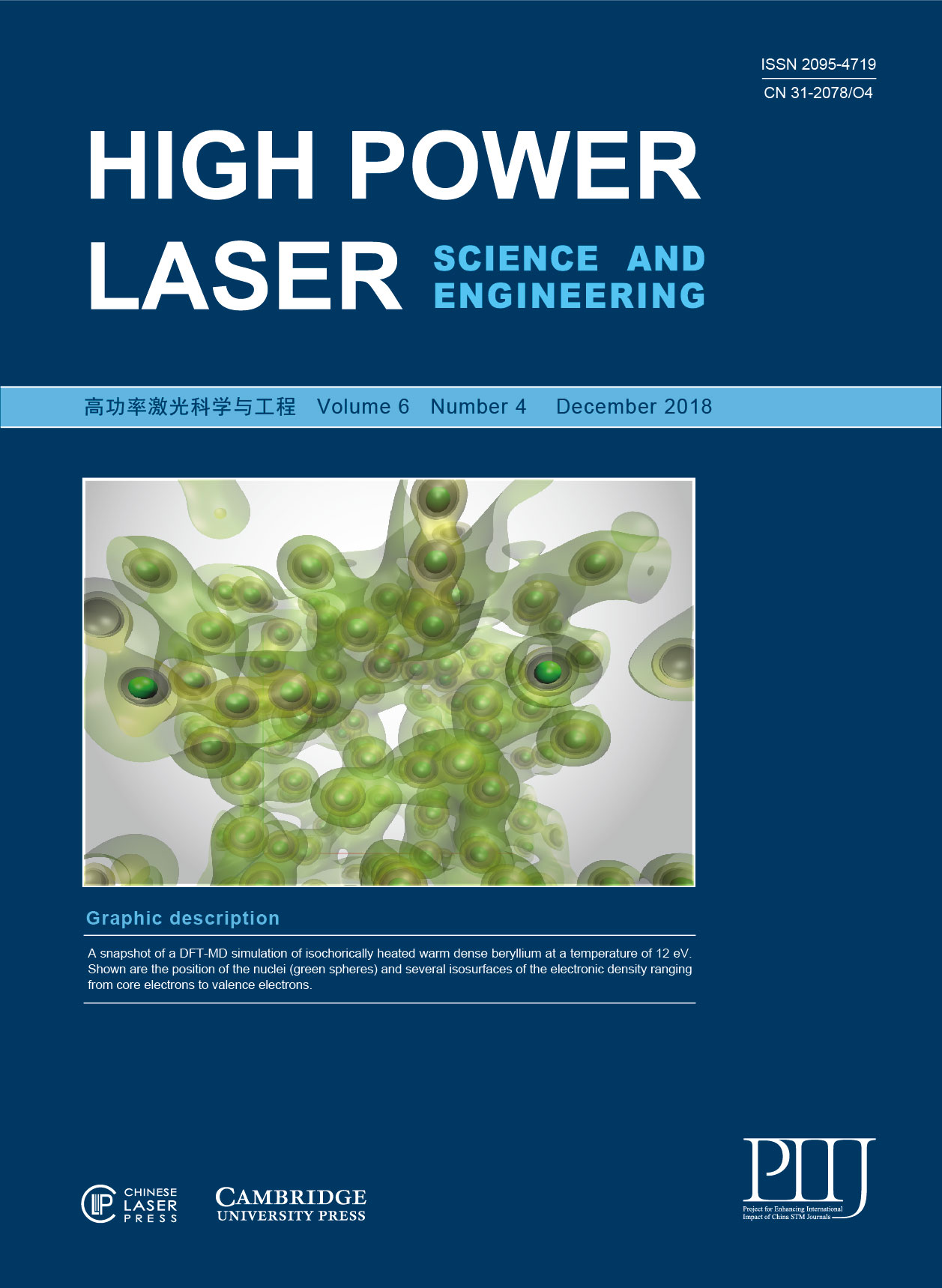Focus on National Laboratory of High Power Laser and Physics, SIOM
Jianqiang Zhu, Jian Zhu, Xuechun Li, Baoqiang Zhu, Weixin Ma, Xingqiang Lu, Wei Fan, Zhigang Liu, Shenlei Zhou, Guang Xu, Guowen Zhang, Xinglong Xie, Lin Yang, Jiangfeng Wang, Xiaoping Ouyang, Li Wang, Dawei Li, Pengqian Yang, Quantang Fan, Mingying Sun, Chong Liu, Dean Liu, Yanli Zhang, Hua Tao, Meizhi Sun, Ping Zhu, Bingyan Wang, Zhaoyang Jiao, Lei Ren, Daizhong Liu, Xiang Jiao, Hongbiao Huang, and Zunqi Lin
In this paper, we review the status of the multifunctional experimental platform at the National Laboratory of High Power Laser and Physics (NLHPLP). The platform, including the SG-II laser facility, SG-II 9th beam, SG-II upgrade (SG-II UP) facility, and SG-II 5 PW facility, is operational and available for interested scientists studying inertial confinement fusion (ICF) and a broad range of high-energy-density physics. These facilities can provide important experimental capabilities by combining different pulse widths of nanosecond, picosecond, and femtosecond scales. In addition, the SG-II UP facility, consisting of a single petawatt system and an eight-beam nanosecond system, is introduced including several laser technologies that have been developed to ensure the performance of the facility. Recent developments of the SG-II 5 PW facility are also presented.
High Power Laser Science and Engineering
Nov. 16, 2018
Vol. 6 Issue 4 04000e55 (2018) View fulltext
View fulltext


















 acceleration in the laser wakefield
acceleration in the laser wakefield
